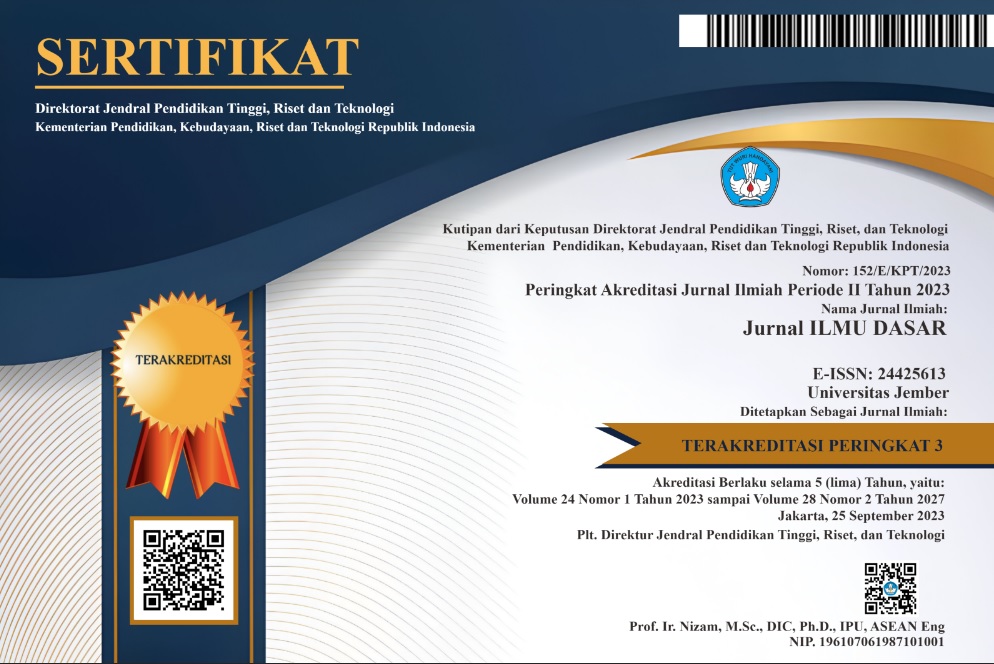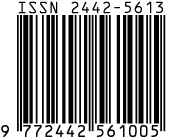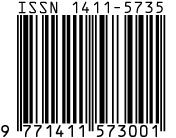The Roles of Nitrogen and Potassium to Phosphoenolpyruvate Carboxylase Activity in the Leaves of Ratoon Crop M 442-51 and PS 60 Sugarcane Varieties
Abstract
Study on the roles of nitrogen and potassium to phosphoenolpyruvate carboxylase (PEP-Case) activity in the leaves of ratoon crop of M 442-51 and PS 60 cane varieties were conducted in the Indonesian Sugar Research Institute (ISRI) Pasuruan, East Java. The experiment was arranged in a factorial trial using a completely ran-domized block design with three replicates. The factors used as a treatments in this experiment were: (1) sugar-cane variety, i.e. M 442-51 (V1) and PS 60 (V2), (2) plant category, i.e. plant crop (PC) and second ratoon crop (RC2), (3) dosage of nitrogen, i.e. 1 q AS/ha (N1) and 8 q AS/ha (N2), and (4) dosage of potassium, i.e. 1 q KCl/ha (K1) and 5 q KCl/ha (K2). PEP-Case activity variable was observed on 0, 1 and 4 weeks after treatment (wat). The results of experiment showed that nitrogen (N) and potassium (K) nutrients as single or mixture treatments were increasing the activity level of PEP-Case in the cane leaves significantly. There was indication that the effect of N is stronger than that the effect of K to PEP-Case activity in the leaves of cane. On the other hand, it was found that the activity of PEP-Case in M 442-51 was higher than that on PS 60. However, when the availability of both nutrients was limited, the decreasing activity of PEP-Case on PS 60 was sharper than that found on M 442-51. Study on plant category showed that the activity of PEP-Case on PC was higher than that found on RC2. Reducing of PEP-Case activity on RC2 was predicted as one factor that caused reducing of RC2 productivity. Base on these findings, it can be concluded that PEP-Case activity model in the leaves could be used as an early characteristic of cane ratooring ability. There were indications that the ability of both Mn and Cu nutrients affected the increasing of PEP-Case activity better than that influenced by N and K nutrients, but it needs further investigation.











